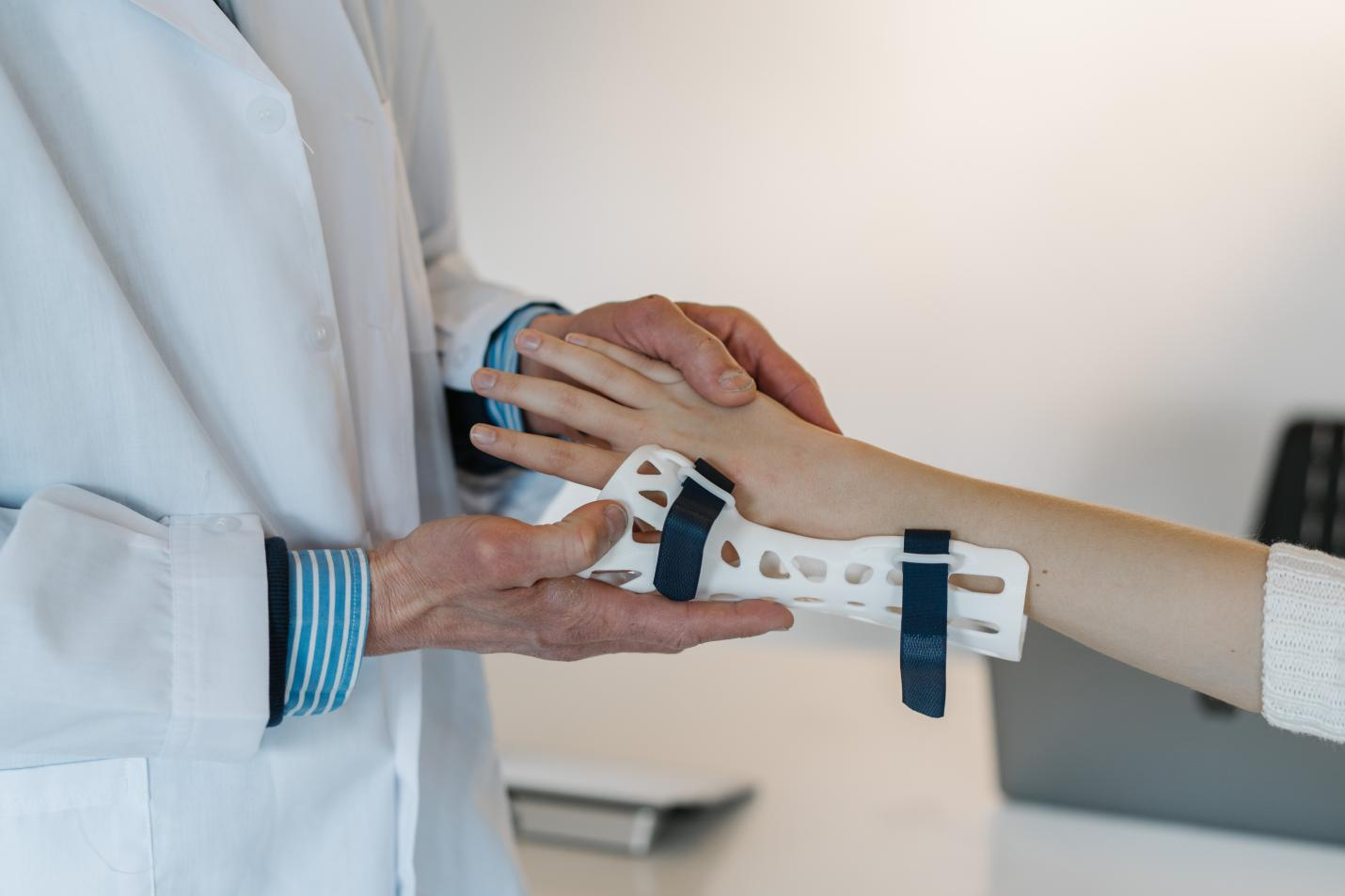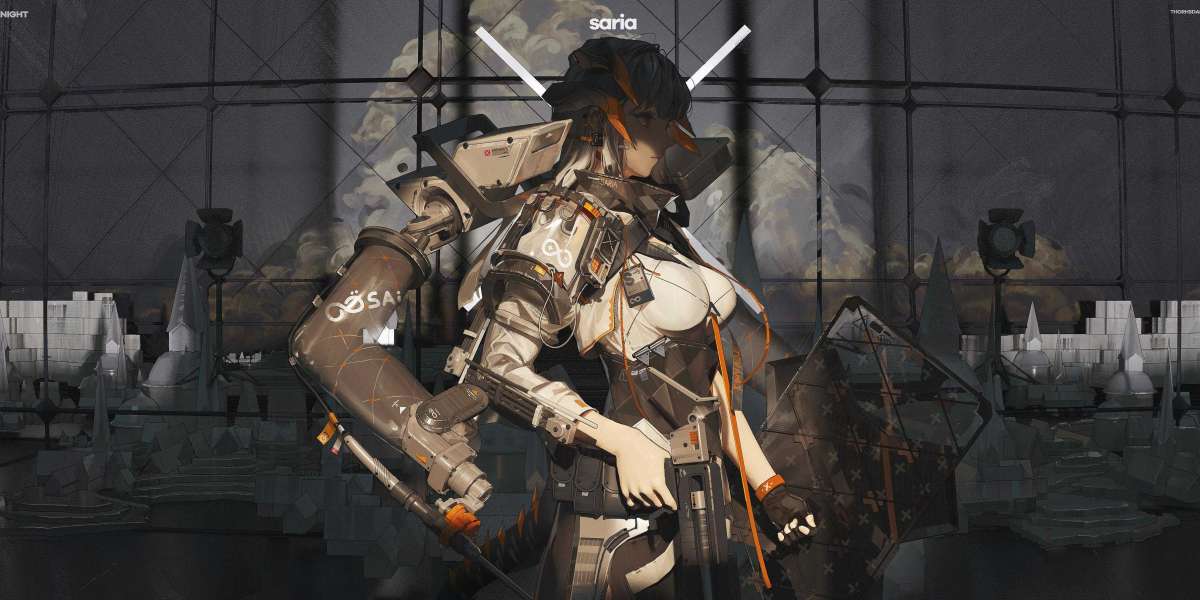As the world of 3D printing continues to evolve, understanding the 3D printing pricing structure becomes increasingly important for businesses and hobbyists alike. This article delves into the various components that contribute to the overall cost of 3D printing, including materials, labor, and equipment.

Materials: The Foundation of 3D Printing Pricing
The choice of materials significantly impacts 3D printing pricing. Different materials come with varying costs, properties, and applications. Here are some common materials used in 3D printing:
- PLA (Polylactic Acid): A biodegradable thermoplastic that is popular for its ease of use and low cost.
- ABS (Acrylonitrile Butadiene Styrene): Known for its strength and durability, ABS is often used in industrial applications.
- Resins: Used in SLA (Stereolithography) printing, resins can be more expensive but offer high detail and finish.
- Nylon: A versatile material known for its flexibility and strength, often used in functional parts.
When considering 3D printing pricing, it is essential to evaluate the material's cost per kilogram and the amount required for your project. This evaluation can help you make informed decisions that align with your budget.
Labor Costs: The Human Element in 3D Printing
Labor costs are another critical factor in 3D printing pricing. Depending on the complexity of the project, skilled labor may be required for design, setup, and post-processing. Here are some aspects to consider:
- Design Time: Creating a 3D model can take hours or even days, depending on the complexity.
- Setup and Calibration: Ensuring the printer is correctly set up and calibrated can require expertise.
- Post-Processing: Finishing touches, such as sanding or painting, may also add to labor costs.
Understanding these labor components can help you estimate the total cost of your 3D printing project more accurately.
Equipment Costs: The Price of Technology
The type of 3D printer you choose will significantly influence 3D printing pricing. Here are some common types of printers and their associated costs:
- FDM Printers: Generally more affordable, these printers are suitable for beginners and hobbyists.
- SLA Printers: These offer high precision but come at a higher price point.
- SLS Printers: Typically used in industrial applications, these are the most expensive but provide excellent material properties.
When investing in equipment, consider not only the initial purchase price but also maintenance and operational costs.
Conclusion: Navigating 3D Printing Pricing
In conclusion, understanding the 3D printing pricing landscape is crucial for anyone looking to leverage this technology. By analyzing material costs, labor expenses, and equipment investments, you can make informed decisions that align with your budget and project goals. Whether you are a business seeking to innovate or a hobbyist exploring new creative avenues, a clear grasp of these factors will enhance your 3D printing experience.







